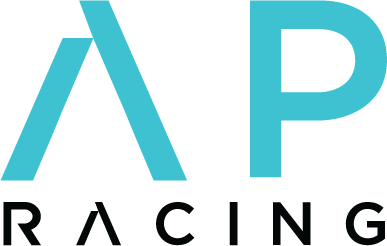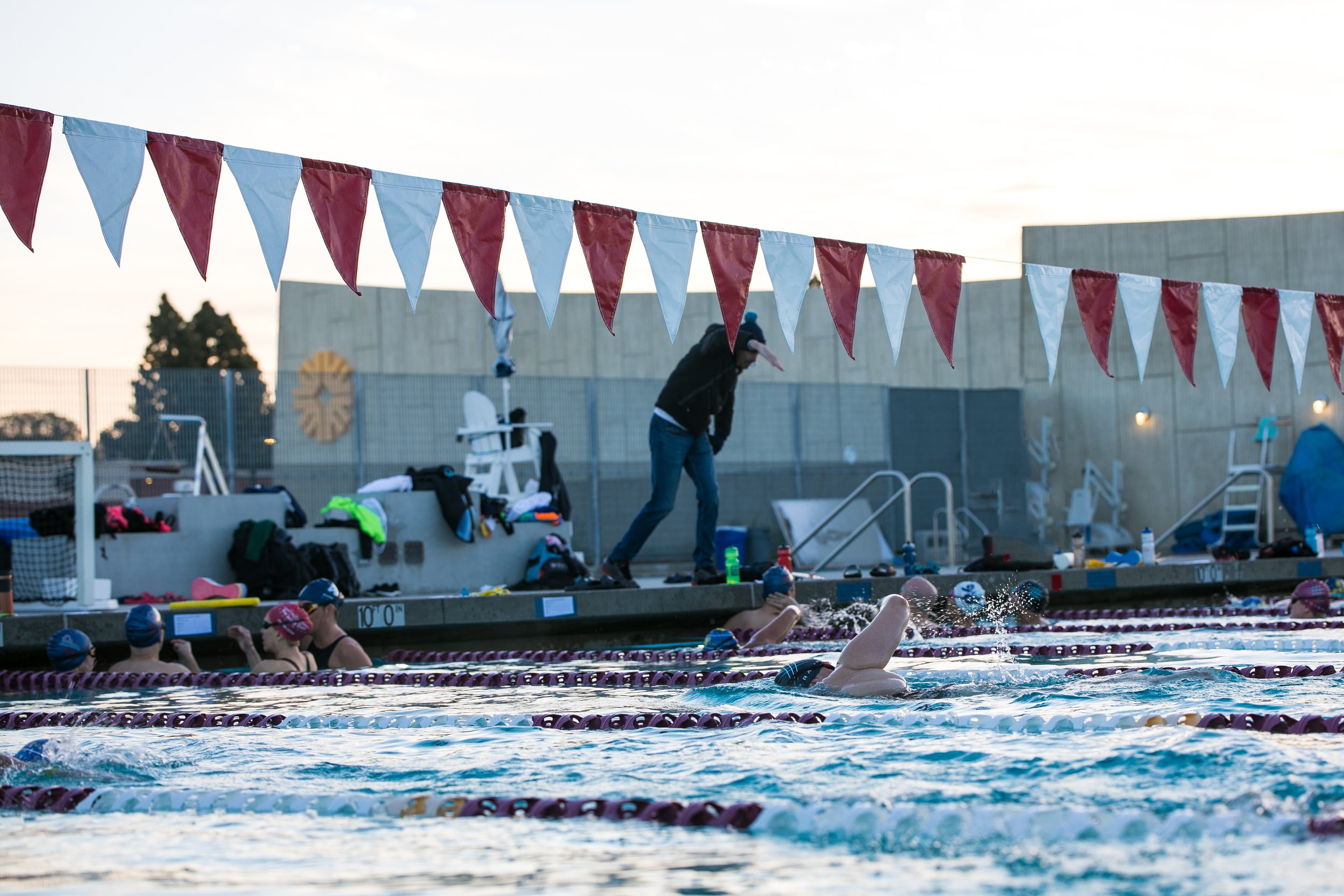BUILDING YOUR FREESTYLE STROKE FOR OPEN WATER SWIMMING
STARTING FUNDAMENTALS
Swimming has always been about balance and breathing. Since you are in water, balance is not exactly natural; the same is true for breathing. Mastering these two things in an unfamiliar environment takes a lifetime of work. This is a progression series designed to get your body and mind firing for optimal swimming. First we need to get the biggest muscles in the body activated and pumping blood. Then we work on adding breath control and body position so you are sitting high in the water. When we add the hands, it will be a natural progression as they connect all the different facets to fit seamlessly into your swim stroke. Lastly, we add timing into the equation to ensure your stroke translates into fast open water swimming. All of these elements to swimming can be maximized, knowing how to connect your stroke can look effortless but in reality takes a lot of practice and effort.
TOP DRILLS FOR BUILDING YOUR SWIM STROKE
Kick with a board (snorkel ideal)
Most, if not all, kicking should be done with a flutter kick. It is the only kick proven to build capillary beds in your feet (the other kicks just don’t move your feet fast enough). Ideally, this is done with a snorkel to promote and learn good body position as well as isolate and concentrate on the kicking action. There should be a good bend in the knee (like kicking a soccer ball) and it is a two way action; downwards (mostly using your quads) and upwards (mostly using your hamstrings), engagement happens from the mid to lower core/abs all the way down to the toes. The faster you move your feet, the better, as long as you’re feet stay connected to the water. Work on the volume of your kick in concert with the tempo of your feet, i.e. bigger and faster is better than just faster. Your arms should remain still and straight, head and upper body in a fixed position, ideally as high on the surface as possible. You should always be searching for a better body line while kicking. Lastly, kicking is often passed over by triathletes because we use our legs so much in cycling and running. However, if you turn your legs “on” early in the workout, it will help your overall swimming because it takes a lot for your body to come alive if you are only using the smaller arm muscles to jumpstart your feel and effort in the water.
Superman / 11 O’clock
The 11 O’clock drill is kicking face down and taking a stroke when you need a breath; alternate sides (and arms) when you need the breath. Your arms should be at 11 O’clock and 1 O’clock, superman style, and your face in the water, eyes down. It is imperative to initiate your stroke with fingertips down, emphasizing the front quadrant of the pull phase with a high elbow catch. Advanced swimmers can extend the hand of the arm in place forwards as your rotate your hips to avoid the passing (pulling) hand/arm. The kick should stay in contact with the water and be similar to your kick when you have a board (bigger and faster is better than just bigger or faster). Be sure to rotate your head to breathe and focus on one goggle in and one goggle out of the water and your head in a neutral position (driving the crown of your head forwards). Lastly, it is important to keep the remaining hand as still as possible while the opposite hand is in motion (no sculling out front to maintain body position).
Catch Up
Catch Up drill is the natural progression of 11 O’clock drill into swimming. One hand should always be in motion while the opposite hand remains still at the top of the stroke. Think of one hand replacing the other in front of your shoulders as you swim along. Common mistakes with this drill include touching hands, entering at or near the head, and raising your head to breathe. Try your best to enter at shoulder level, reach as far as possible upon entry, and breathe with one goggle in and one goggle out of the water with your head in a neutral position. Work on different breathing patterns as your legs drive you constantly forward. This is a balance between kicking for propulsion and kicking for balance. Stay square to the surface of the water unless you are rotating to get your hips out of the way of your hand. The hand should always have the “right of way”. As you adjust your breathing to fit the rhythm of the stroke, be sure you push the exhale while your face is in the water (lots of steady bubbles vs one big exhale). A good strong kick will also help with your forward movement and keep your body aligned.
Fast hands
Now that the legs are turned “on”, the body is knows how to sit on top of the water. Let’s add fast hands! Fast hands are all about a short burst of swimming where the hands move much faster than they do when swimming at race pace. This is to establish a neural pattern so that race pace swimming feels manageable. You can do fast hands as a burst of 4,6,8 or even 10 strokes or you can build into fast hands over the course of a lap of strong swimming. Be sure to hold your body position even if your hands are moving way faster than is sustainable for long periods. To do this, drive your hips and shoulders downwards as the corresponding hand enters the water, be sure not to rotate too far so you can keep your tempo high. This is how you build connection between your hands, shoulders, and hips for maximum swimming strength. For queuing purposes, you can use an ankle strap to keep you from over kicking and allowing you to emphasize your hand speed and catch in the front quadrant. Fast hands are directly tied into fast hips. You might need to quiet your feet/kicking to allow for maximum speed and turnover.
Swim
The foundational drills above give you the framework to get your own feedback. Each drill builds upon the next and works on specific skills. Each person will have different strengths and weaknesses to bolster and improve. We all have things we need to work on – keeping fingertips down the entire stroke, having the palm face the feet through the whole pull phase, neutral head position while breathing and not breathing, exhaling while your face is in the water and inhaling while your face is out of the water (one goggle in and one goggle out), optimizing your catch and your finish, staying connected during the entry, the list goes on. A high tempo is your friend in open water and you should prioritize working on ways to hold your body position and stroke together with fast hands.
Advanced Drills & Skills
Advance drills are meant to further your feel and position in the water. You can use them to add to the above drills but shouldn’t be used in lieu of the above drills. The keys are still finding a rhythm to your breathing, a balance to your body in the water, and a connected stroke that empowers your hands, shoulders, core, hips, and legs to work in concert. Take your swimming to the next level by building your awareness and proprioception in the water with the following:
Single Arm
One arm swimming is done with one arm at your side and the working arm performing the freestyle stroke. Be sure to breathe to the opposite side of the arm you are using, this emphasizes a connected rotation and is better for your breathing. Fingertips down the entire stroke, making sure the hand has the “right of way” as you rotate your hips to keep the path of your hand unimpeded. A steady but not overwhelming kick should enable you to hold your balance but not be the main source of propulsion. Be sure to reach out as far as possible, entering at shoulder width and initiating the catch as early as possible, trying not to “press” down on the water but rather to catch and hold it with a high elbow. Once the hand enters the water, work on driving the corresponding hip and shoulder downwards together for a truly connected and powerful stroke.
Surface Kick
This is a very demanding drill! This is flutter kicking on your stomach in a streamline position. Start and maintain a streamlined body the entire time. If you need to breathe, lift your head forward, inhale, and then resume a tight streamline directly afterwards and steadily exhale while your face is in the water. Hands should stay locked together to resist the urge to scull out front. The advanced swimmers are breathing 3-5 times per 25y. Keep your feet moving quickly and with the same volume as if you were kicking with a kick board. This type of kicking primes the legs, lungs, and your core so you are ready to swim fast! The more you can work on your body position by adjusting your core while kicking is the key to becoming more efficient at this drill.
Broken Wing
Broken wing can be done with toys (a fin and a paddle) or with nothing. The drill is all about timing – the goal is to time your hand entry with a downward kick of the opposite foot. If you use toys, be sure they are on opposite hand and foot. Swim normally but when working on the timing of the hand with the paddle, slightly pause your entering hand (just above the surface of the water) and have the opposite leg be in a loaded kicking position. As the hand enters, the leg kicks downwards emphasizing the connectedness of the hand, shoulder, & hip to the opposite leg/foot. This should drive you forwards and as you work on the timing of your stroke.
Tempo Trainer
The Tempo Trainer from Finis is a fantastic tool to help you with staying on target with your turnover/cadence. It is customizable up to the thousandth of a second and is small & light enough to swim with in your cap. You are also allowed to race with it, if you find it that useful. The ideal swimming tempo for open water is anywhere between a 1.35 and 1.65 stroke rate. That means that it takes you 1.35-1.65 seconds to complete a full arm cycle (usually measured hand entry to hand entry on the same arm). This tempo allows you to power through swells, work through packs, and ultimately be in more control of your speed. It can be mentally challenging to stay on the “beep” so you should use the Tempo Trainer when you are fresh and ready for a challenge.
Key Tools & Toys
Snorkel (Center Mount)
Kickboard
Fins (Short)
Hand Paddles
Finger Paddles
Ankle Strap
Tempo Trainer
Pull Buoy
Next Steps
Join AP Racing for one of our camps or sign up for coaching services to take your swimming(and triathlon) training to the next level.






